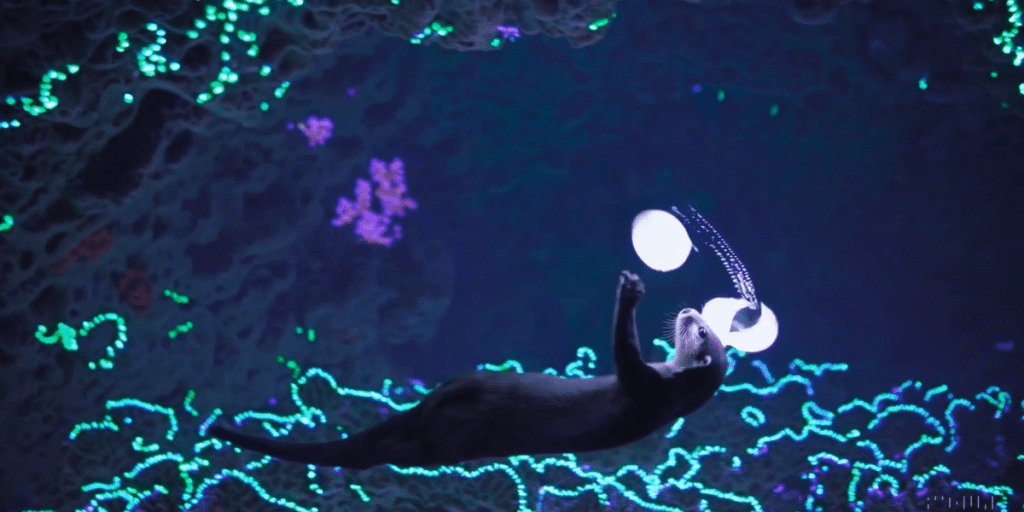As the demand for efficient content generation tools rises, small and medium-sized businesses (SMBs) are increasingly turning to AI video generation platforms. Two noteworthy contenders in this space are OpenAI’s Sora and Synthesia. Both tools automate the video production process but cater to different needs and use cases. A thorough comparison will reveal their respective strengths and weaknesses, helping businesses make informed choices.
Sora is an AI-driven video generation model that enables users to create videos from text prompts, animate images, and remix existing videos in various styles. Initially previewed by OpenAI in February, the current release features enhanced speed and affordability. Users can produce videos using the Storyboard tool to string together multiple clips on a timeline, akin to traditional video editing software. Additionally, Sora’s gallery feed allows content creators to share their videos, view prompts used for those videos, and receive inspiration from the community.
On the other hand, Synthesia focuses on producing high-quality videos quickly by leveraging AI-generated avatars and voiceovers. It is particularly popular for creating training materials, marketing videos, and presentations. Users type in text, choose an avatar, and the system generates a video where the avatar speaks the input text. This makes Synthesia an excellent choice for organizations looking to showcase a personal touch or human element in their videos.
In terms of pricing, Sora operates under subscription plans. For example, the ChatGPT Plus subscription is available at $20 per month, allowing users to generate videos that are up to five seconds long in 720p resolution. The ChatGPT Pro plan, priced at $200 per month, offers higher-resolution 1080p videos and longer durations, along with the capacity to generate multiple video variations. Synthesia, conversely, has a more straightforward pricing approach, starting from a free version with limited capabilities and scaling up to $30 per user per month for advanced features.
Reliability is another crucial factor. Sora’s model, while enhanced, can still experience limitations based on the complexity of the prompts. Successful output often hinges on clear, well-defined text inputs. Synthesia mitigates this uncertainty by utilizing a robust library of avatars and script formats, thus providing consistent results across various use cases. While Sora offers a broader scope of styles and creative freedom, Synthesia’s reliability makes it suitable for businesses that demand predictable outcomes.
When it comes to integrations, both platforms have made strides to connect seamlessly with common business tools. Sora integrates with existing OpenAI products, making it easier for users already engaged with OpenAI’s ecosystem. Synthesia provides API access and integrations with popular platforms like Slack, Microsoft Teams, and YouTube, making it a flexible option for businesses that rely on these tools for communication and content distribution.
In terms of limitations, Sora users are capped at 50 video creations per month under the ChatGPT Plus plan and 500 under the Pro plan, while also allowing for unlimited “relaxed” videos. For businesses with high-volume video creation needs, this might pose limitations. Synthesia may likewise have constraints on video length and the complexity of animated avatars, making it less suitable for extremely dynamic content but ideal for straightforward presentations and training materials.
Support is paramount when adopting new technologies. Both Sora and Synthesia offer documentation and community forums, but Synthesia excels with dedicated support teams for paid subscription tiers. This can be a vital factor for SMBs lacking in-house technical expertise and looking for reliable assistance during the onboarding process.
Migration from one platform to another can be managed through a phased approach to minimize disruption. For businesses considering Sora, it would be prudent to start with a pilot project using the ChatGPT Plus plan. This would allow for experimentation with various prompts and video styles before committing fully. For Synthesia, users can initiate their journey by utilizing its free version to familiarize themselves with its interface and capabilities before upgrading to access advanced features.
Calculating the total cost of ownership is crucial for any investment. For Sora, SMBs can expect to spend between $240 and $2,400 over three to six months depending on the subscription plan. Meanwhile, Synthesia costs about $90 to $180 for three to six months for users on the advanced plan. The expected ROI can be substantial if these tools lead to increased engagement and enhanced marketing efforts. Businesses producing high-quality, compelling video content have reported up to a 300% increase in engagement rates within a similar timeframe, making the investments worthwhile.
FlowMind AI Insight: The choice between Sora and Synthesia ultimately depends on the specific needs of your business. If your focus lies in creative video explorations and unique styles, Sora may serve you better. However, for straightforward, high-impact training and marketing videos, Synthesia stands as the more reliable option. Evaluating both tools allows SMBs to leverage technology for efficient and effective video production, thereby driving engagement and enhancing growth.
Original article: Read here
2024-12-09 08:00:00

